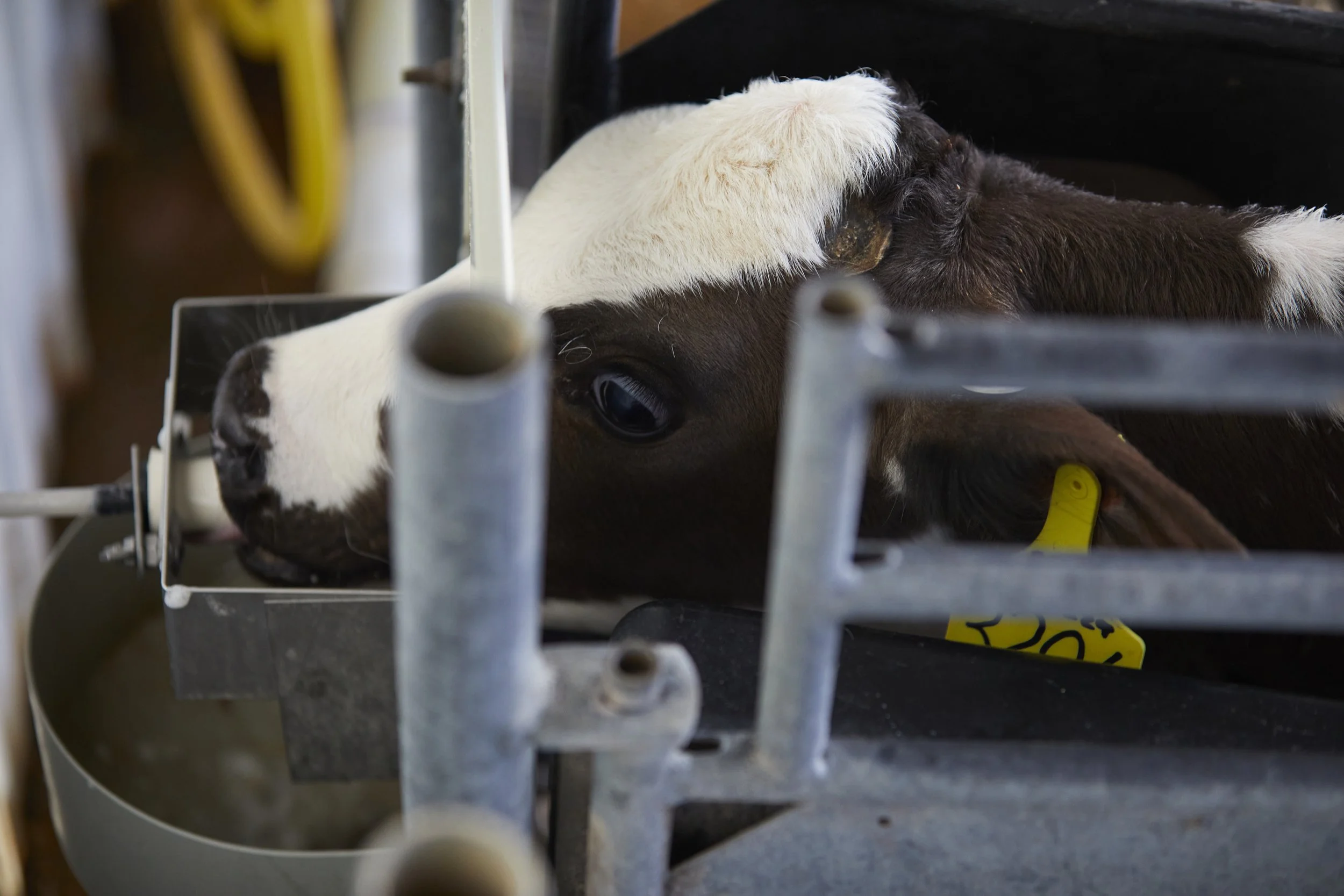The Ideal Electrolyte – What Kind, How Much?
Scouring and dehydrated calves need electrolyte therapy to replenish fluids and restore the acid-base balance in their bodies. But will any electrolyte product do the trick? Not exactly, according to Dr. Geof Smith, DVM, MS, PhD, Diplomate, ACVIM. Smith and his research team at North Carolina State University have studied oral rehydration solutions extensively. They have found that some commercially available products are much more correctly formulated than others to address the nutritional and chemical needs of sick calves.
Choosing an Electrolyte
When choosing an electrolyte product, Smith recommends looking for the following contents:
Sodium concentration: 90-130 mmol/L – Sodium is the key to re-establishing extracellular fluid that is lost due to scouring, and thus is a critical ingredient.
Chloride: 40-80 mEq/L – Calves lose some chloride due to diarrhea, but not as much as sodium. Smith suggests chloride content on the lower end of this range probably is better.
Potassium: 10-30 mmol/L – Potassium, which also is lost due to scours, is critical to maintaining functioning muscles, including the heart.
Osmolality: less than 500 mOsm/L – Osmolality is the concentration of solids versus liquids in the electrolyte solution. High osmolality (>500 mOsm/L) can slow absorption of beneficial electrolyte solution ingredients, and in some cases make diarrhea worse.
Strong Ion Difference: at least 60-80 mEq/L – Calves with diarrhea have a tremendous loss of strong cations (sodium and potassium) relative to strong anions (chloride, bicarbonate). Correcting acid-base abnormalities in scouring calves is important for restoring balance and preventing metabolic acidosis.
One or more alkalizing agents (bicarbonate, acetate, propionate) – These ingredients also are important in preventing metabolic acidosis. Boosting bicarbonate – but to a lesser degree than sodium and potassium – lowers the pH of the abomasum, which also helps deter growth of bacteria like E. coli and salmonella in the digestive tract. Acetate and propionate help facilitate sodium absorption, and also serve as a supplemental energy source. When given the choice between alkalizing agents, Smith prefers acetate and propionate over bicarbonate.
Glucose content of 2-3 grams per kg of bodyweight of the calf – Glucose can help restore lost energy and promote sodium absorption. However, glucose also is the major ingredient contributing to osmolality in an oral electrolyte solution. So, while some glucose is good, Smith suggests it is more important to have the correct osmolality than to have a high level of glucose in the product.
There also are a few ingredients that Smith prefers not to see on an electrolyte product label. Glutamine is an amino acid that is not recommended for calves.
Some electrolyte products also contain gelling agents, like the fiber source psyllium. These ingredients may improve fecal appearance, but do not promote true recovery because they do not aid in restoring extracellular fluid. Thus, they can give the false impression that the calf is improving, while they do nothing to promote systemic rehydration.
Assessing the Degree of Dehydration
Once you have the right product, selecting how much oral rehydration solution to feed is another important decision. There is little risk in “overfeeding” electrolytes, according to Penn State University researchers. But they say feeding too little may not do enough to alleviate dehydration, making the scours episode last longer.
In this helpful bulletin, Penn State provides methods for assessing calves’ degree of dehydration, and shares a formula to determine how much electrolyte solution calves need.
Weight of calf X (dehydration %/100) = Pounds of oral electrolyte solution ÷ 2 =
Quarts of oral electrolyte solution needed per day, in addition to regular milk feedings
EXAMPLES:
80 lb. calf that is 5% dehydrated = .05 X 80 = 4 lb. ÷ 2 = 2 quarts electrolyte solution
100 lb. calf that is 6% dehydrated = .06 X 100 = 6 lb. ÷ 2 = 3 quarts electrolyte solution
By choosing the right electrolyte product, and feeding the right volume of prepared solution, you can help provide scouring calves the best possible support for their recovery.




It takes hard work and considerable investment to create a newborn calf. So, when that calf hits the ground, we want to do everything we can to give it the best possible start to a healthy and productive life.